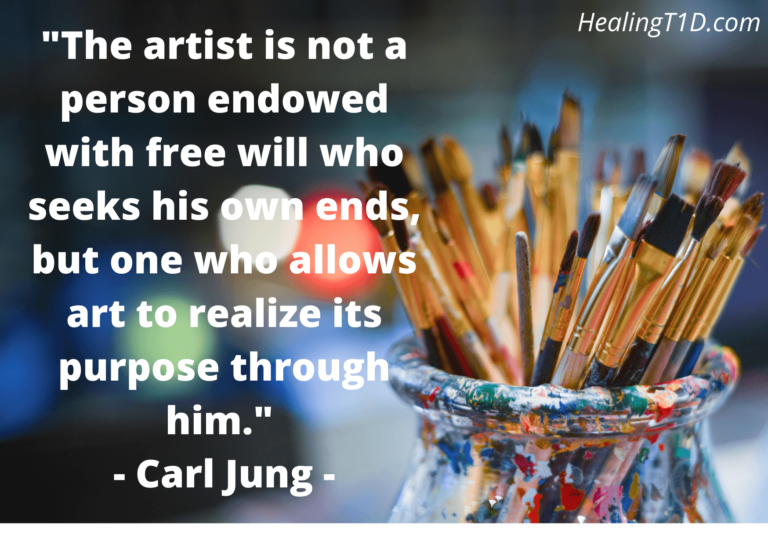The Link Between Insulin And Dopamine

Summary: Researchers at Vanderbilt University Medical Center have discovered insulin’s impact beyond digestion, revealing its role in brain function and dopamine systems. This breakthrough aligns with Candace Pert’s holistic hormone theory. For the author, who has ADHD, this raises questions about insulin’s influence on symptoms and its potential link to depression and diabetes management through pleasure-inducing dopamine.
I have just come across an article in Science Daily that I wanted to talk about. It has finally been found that insulin not only plays a role in digestion but it also influences brain function. At last the wider scientific community are catching up with Candace Pert’s research. who argued that hormones like insulin are body-wide and influence both the brain and the body!
This research, undertaken by researchers at the Vanderbilt University Medical Center, has shown that insulin has a direct effect on the brain’s dopamine systems. When insulin is low or absent in the body, the dopamine pathways do not fire. This results in a lack of stimulation to the brain regions that recognise reward, attention and movement.
This is particularly interesting for me because of my ADHD symptomology. Could it be that my ADHD symptoms are purely a result of my insulin levels in my system? And, therefore, could they fluctuate in severity with any excess or lack thereof?
I am also aware how dopamine plays a key role in enabling us to feel pleasure. So that makes me wonder if an absence of dopamine is likely to cause an absence of pleasure i.e. depression? The rate of depression is diabetics is significantly greater than the general population, with adolescents with Type 1 Diabetes are five times more likely to be depressed than their healthy counterparts.
A final question that this research encourages me to ask is… Can improvement in pleasure (which would cause dopamine production in the brain) result in more insulin production (or a decrease in the inhibition of insulin production)? Could increased pleasure help to heal Type 1 Diabetes? It’s certainly worth investigating… Who doesn’t want more pleasure in their lives?!

GET HEALINGT1D’S FUTURE ARTICLES IN YOUR INBOX!
Get the latest musings and findings straight to your email inbox.

Natalie is a blogger with Type 1 Diabetes. Natalie’s special gifts are questioning the status quo and being a rebel. She is using these gifts to question medical ‘knowledge’ and find a true cure for Type 1 Diabetes.














 Very few natural foods contain a good amount of vitamin D. Those that do include several types of fish (salmon, herring, sardines and tuna) and mushrooms. Other food sources that provide vitamin D are fortified foods, where vitamin D has been artificially added. These include cow’s milk, cereal, orange juice and soy milk. but the chance of being able to fully consume the required daily allowance of Vitamin D purely through what you eat is pretty low. We just don’t eat enough of these kinds of foods. So whilst I do now eat a good amount of fish (see my blog post
Very few natural foods contain a good amount of vitamin D. Those that do include several types of fish (salmon, herring, sardines and tuna) and mushrooms. Other food sources that provide vitamin D are fortified foods, where vitamin D has been artificially added. These include cow’s milk, cereal, orange juice and soy milk. but the chance of being able to fully consume the required daily allowance of Vitamin D purely through what you eat is pretty low. We just don’t eat enough of these kinds of foods. So whilst I do now eat a good amount of fish (see my blog post  The next obvious place to look for additional sources of Vitamin D are through supplements. They are easy to use and provide a guaranteed level of Vitamin D each day. Easy! Or is it?
The next obvious place to look for additional sources of Vitamin D are through supplements. They are easy to use and provide a guaranteed level of Vitamin D each day. Easy! Or is it?








Recent Comments: